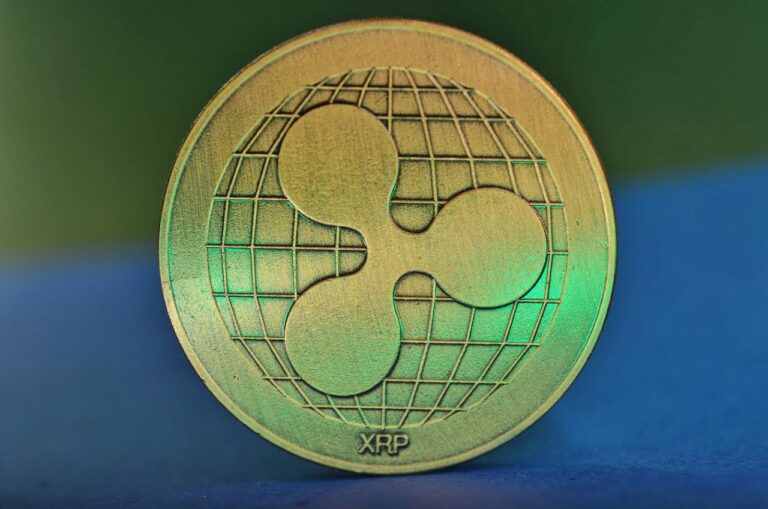As excitement builds in the XRP community for the imminent launch of an automated market maker (AMM) system on the XRP Ledger, a prominent analyst has issued a stark warning.
Popular cryptocurrency analyst Mr. Huber has told their over 64,000 on the microblogging platform X (formerly known as Twitter) that the price of XRP could tank after the AMM platform goes live.
The analyst cited the experience of Stellar ($XLM), a major XRP competitor, as a cautionary tale, as XLM’s value plummeted by more than 80% after its AMM functionality went live in late 2021 amid a wider cryptocurrency market drop.
It’s important to note that XLM’s AMM launch coincided with the peak of the 2021 bull market, a period followed by a broader market downturn, with Bitcoin itself falling from a high around $69,000 to less than $16,000 before recovering.
Some users pointed to the market crash, rather than the AMM itself, as the primary driver of XLM’s price decline. The market is now widely seen as being in a bullish trend, with Bitcoin’s price hitting a new all-time high of over $73,400 earlier this month before enduring a significant correction.
An AMM is set to be launched on the XRP Ledger after the XLS-30 amendment has now received the approval network validators, including Ripple, Bithomp, Bitrue, Vet, and Alloy Networks, to be implemented on the network.
The new platform is set to allow XRP token holders to trade in a permissionless way using liquidity pools rather than traditional order books. These pools are made of two or more tokens supplied by liquidity providers, and are used to settle trades, with the prices of tokens within them being determined through the use ofblockchain oracles.
Those who provide liquidity to the pools will receive revenue every time a trade is conducted using that pool, but the revenue comes with the risk of impermanent loss. Impermanent loss occurs when price fluctuations alter the ratio of the tokens within the pool, meaning token providers could be better off if they simply held the tokens in their wallets.
The loss is considered to be impermanent because the ratio of tokens can be restored, in which case the token provider would be gaining the fees collected over time.
Featured image via Pixabay.









